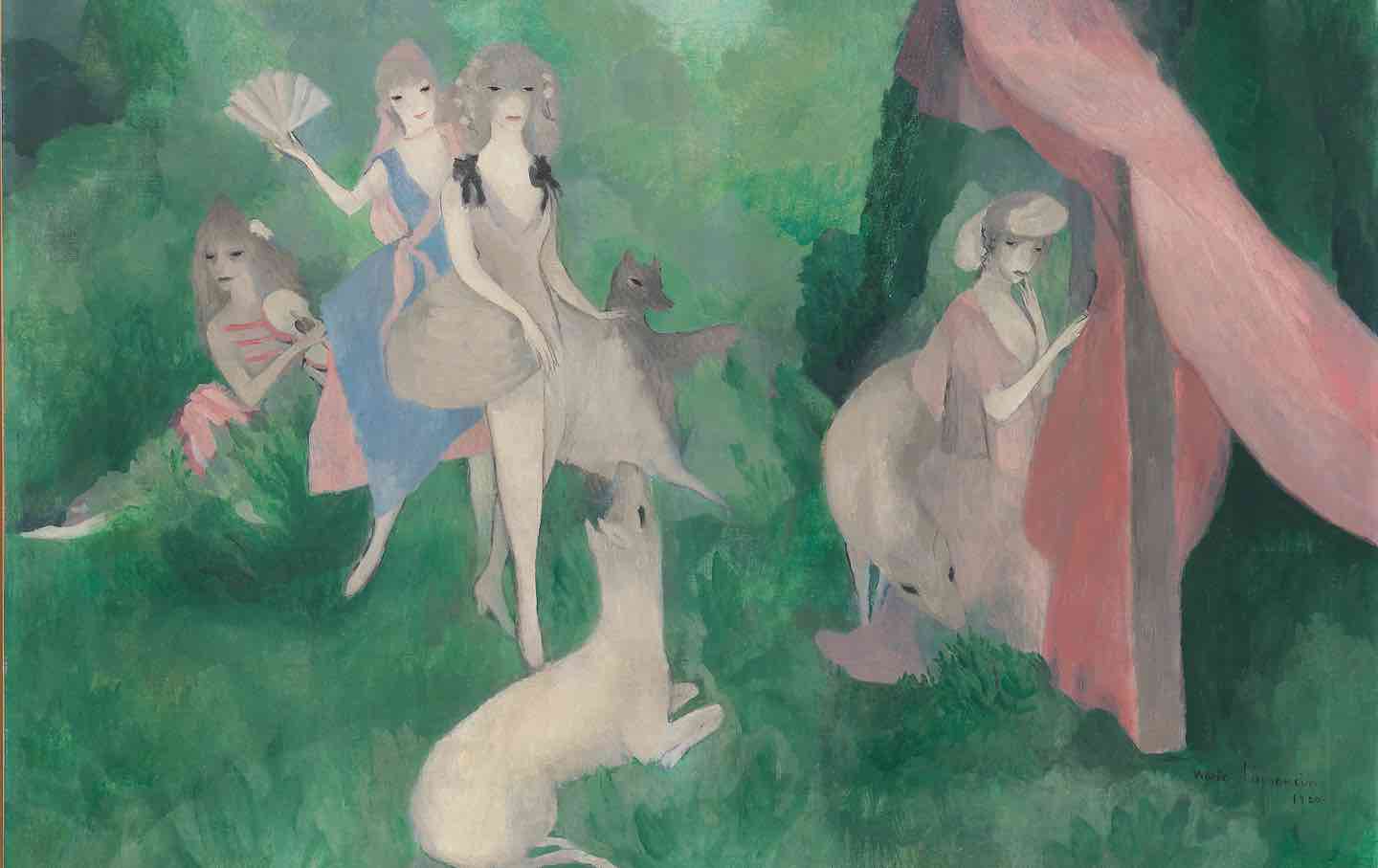Cotton Candy Worlds and Hidden Codes in Marie Laurencin’s Paris
Marie Laurencin’s art once floated quietly on the edges of modernism, her pastel dreamscapes often dismissed as decorative or minor beside her famous male peers. Yet beneath those soft pinks and blues, Laurencin was crafting an alternate universe—one where women, not men, held the center. Her early works, like the 1908 "Group of Artists," placed her among the Cubists, but Laurencin soon stepped sideways, building scenes of women in gentle harmony, surrounded by animals and secret gestures. These weren’t just pretty pictures: they echoed Sappho’s ancient, all-female circles and slipped coded references to queer love into the open. Laurencin’s animals—birds, does—became private symbols, their meanings shifting depending on who was looking. For some, her paintings were innocent; for others, they were invitations to a hidden world. Long overlooked for being too feminine, Laurencin’s art now reemerges, her pastel utopias finally seen for what they are: radical visions in plain sight, quietly rewriting the rules of who belongs at the center of the story. #MarieLaurencin #QueerArtHistory #FeministArt #Culture
19 days ago
write a comment...
